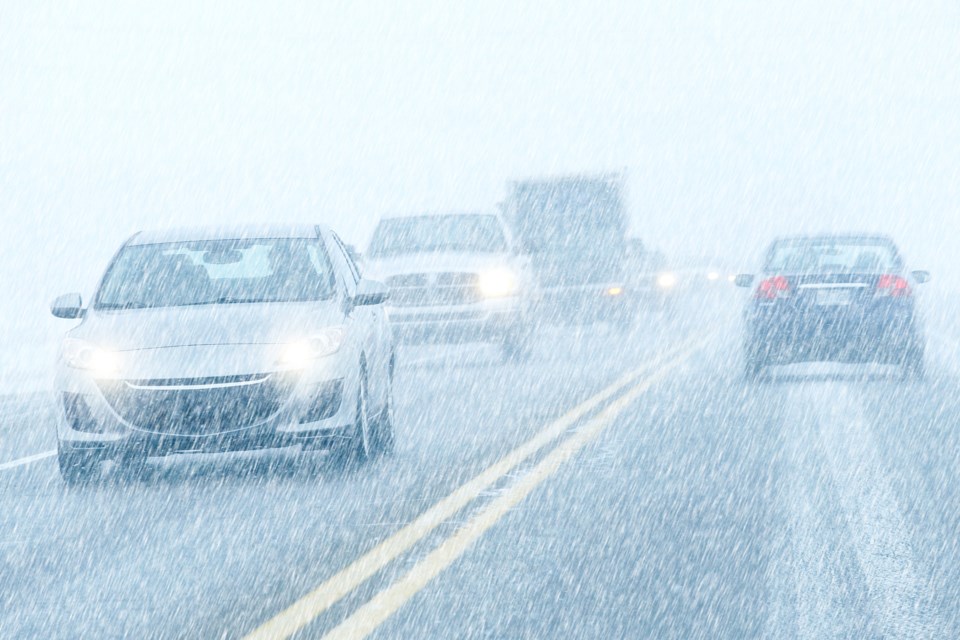The days are becoming shorter and the nights longer as winter looms, which means motorists should be careful on the roads and extra aware of pedestrians crossing the street.
Anytime the seasons change, there should be a corresponding change in driving habits, Maria Bagdonas, operations manager for Young Drivers of Canada (YDC), the largest national driver training organization, told the Moose Jaw Express by phone.
Vehicles go through plenty of wear and tear over many kilometres, which means motorists should prepare their vehicles and themselves when facing poor road conditions.
“It’s easier to deal with small technical or mechanical issues than it is to deal with a catastrophic breakdown at the side of the road,” she said. “Take some time (and) invest in keeping your vehicle operating effectively and efficiently.”
Many places face longer hours of darkness and shorter days as winter progresses — until Dec. 21, when the winter solstice arrives — which means motorists rely more on their headlights to see effectively, Bagdonas pointed out.
Headlights are only as good as the technology powering them, but luckily for motorists, that technology has improved over the last decade. LEDs now power headlamps instead of halogens, while halogens once replaced incandescent bulbs.
“So when you see the progression of headlight technology, the better the headlight technology, the more you can see into your future … (and) the more proactive you can be,” said Bagdonas.
Nighttime driving is similar to going through a tunnel since motorists’ eyes are limited to the distance that their headlights illuminate, Bagdonas remarked. Driving too fast to stop within the distance that one’s headlights illuminate is called overdriving your headlights. Therefore, people should use high beams when they can — and drive slower if necessary.
As drivers age, their ability to deal with night driving can also change, said Bagdonas. For example, it can be tricky in the evening when it’s raining since there is glare and checking blind spots can be tough. Therefore, being aware of that can make motorists more cautious.
Some older motorists will change their habits altogether to avoid driving in the evening, she continued. Some may schedule an activity or attend an event in the afternoon when they feel most comfortable seeing the road.
Younger eyes have a shorter glare recovery time when driving in the evening, especially after vehicles drive past with bright headlights, the operations manager said. Conversely, as drivers age, it takes longer for their eyes to recover from strong illumination.
Meanwhile, all motorists should be aware of pedestrians and how headlights create blind zones in the dark. This can limit drivers’ ability to see people in a crosswalk.
If vehicle headlights are properly aimed, they shouldn’t point into the eyes of oncoming motorists, said Bagdonas. She acknowledged that many people find LED headlights distracting and need time to acclimatize to them. She recommended drivers “avert your eyes” and not stare into oncoming traffic.
“This is new headlight technology. It is proven that the newer the technology, the further the distance the headlights shine, the more likely you’re going to see something before you’re right on top of it,” she added.
Winter driving is all about the proper mindset and recognizing that physics always wins, said Bagdonas. Some people are arrogant and think they can handle poor road conditions because they drive an SUV or truck. However, they don’t realize their tires don’t have the correct grip to stop quickly and they can wind up in the ditch.
“And as human beings, I just think we forget,” she added. “It’s the first snowfall of the season (and we can be overconfident).”




